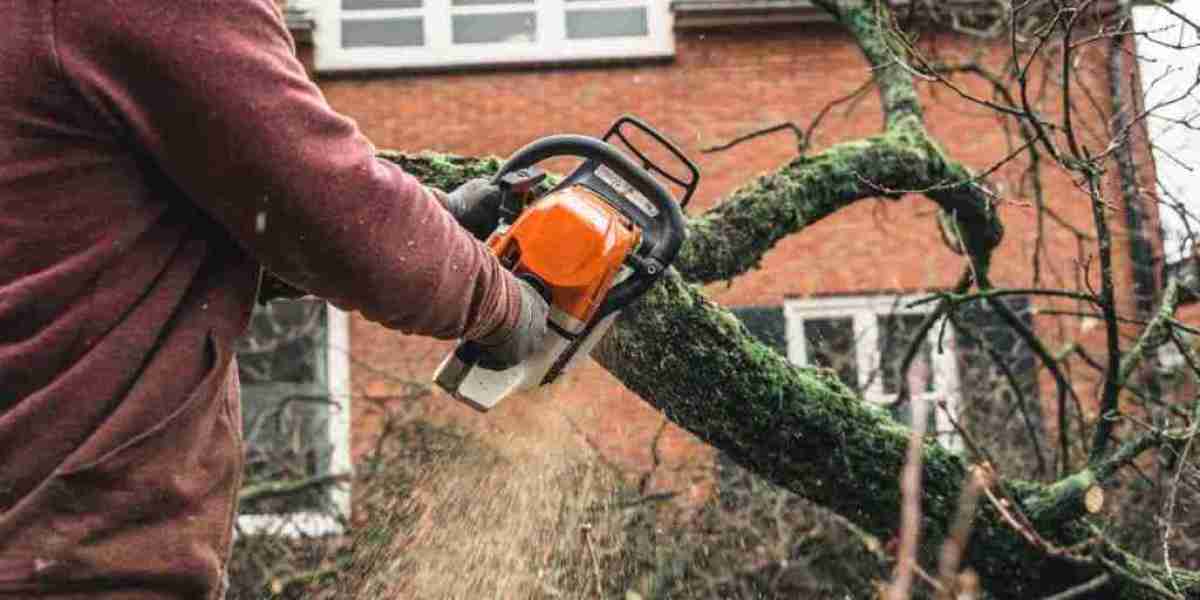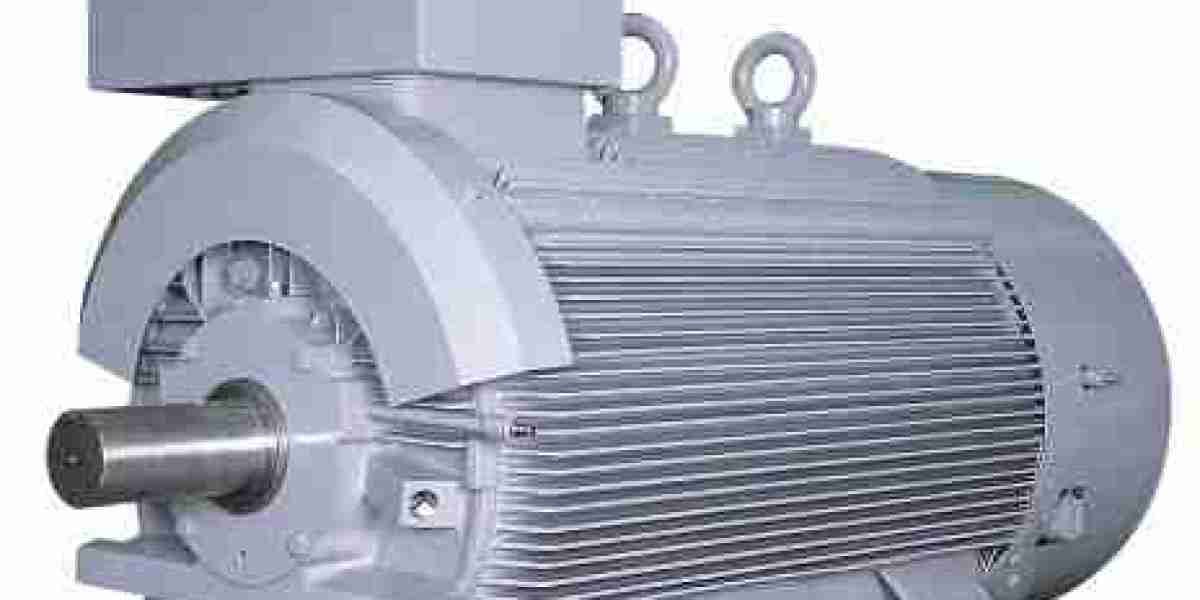Ever notice how some trees look perfectly shaped, healthy, and full of life while others seem wild, damaged, or even dangerous? The difference often comes down to tree pruning—a simple yet powerful practice that makes a huge impact on a tree’s appearance, safety, and lifespan.
Whether you're a homeowner wanting to boost your curb appeal or a property manager concerned about overgrown branches, this article will teach you everything you need to know about tree pruning and how it can transform your outdoor space.
What Is Tree Pruning?
Tree pruning is the strategic cutting or trimming of tree branches to improve the tree’s structure, health, and safety. It's not just about making trees look neat—it's a vital part of tree care that influences growth, prevents damage, and reduces hazards.
Why Is Tree Pruning Important?
✅ Health
Removing diseased, dying, or pest-infested limbs helps prevent the spread of problems and keeps the tree thriving.
✅ Safety
Overhanging branches near homes, power lines, or walkways can break and cause injuries or damage. Pruning eliminates these risks.
✅ Appearance
A well-pruned tree looks tidy and attractive. It improves landscaping aesthetics and boosts property value.
✅ Growth Control
Pruning encourages strong structure and healthy growth, especially in young trees. It also prevents overcrowding of branches.
Types of Tree Pruning
There isn’t a one-size-fits-all method. Different goals require different pruning techniques.
? Crown Thinning
Selective removal of branches to increase light and air circulation. Great for reducing weight on heavy limbs.
? Crown Raising
Lifts the canopy by removing lower branches. This is ideal for improving clearance for vehicles or pedestrians.
? Crown Reduction
Reduces the size of the tree by cutting back to lateral branches. Best when a tree is growing too close to a building or power line.
? Deadwooding
Removes dead, dying, or decaying branches to improve safety and health.
? Structural Pruning
Used on young trees to guide their shape, strength, and long-term stability.
When Is the Best Time to Prune Trees?
Late Winter to Early Spring is generally ideal. Trees are dormant, so pruning stress is minimal, and it encourages vigorous spring growth.
Avoid late summer/fall pruning, as it can trigger new growth that gets damaged by frost.
Emergency pruning (like after storms or for safety reasons) can be done any time.
Pro Tip: Always research specific tree species, as timing may vary (e.g., flowering trees should be pruned right after they bloom).
Signs Your Tree Needs Pruning
Branches rubbing together
Dead or broken limbs
Low-hanging branches obstructing views
Excessive weight on one side
Disease signs (discoloration, fungus, decay)
Poor light penetration through canopy
If you spot any of these, it’s time to grab the pruners—or better yet, call a professional.
DIY Tree Pruning vs. Hiring a Pro
DIY Tree Pruning Pros:
Saves money
Good for small, manageable trees
Satisfying for gardening enthusiasts
DIY Tree Pruning Cons:
Risk of injury (especially on tall trees)
May cause long-term damage if done wrong
Lack of proper tools or knowledge
Professional Tree Pruning Benefits:
Expert knowledge of tree biology and structure
Proper equipment and safety protocols
Insured and licensed for protection
Ensures clean cuts and lasting results
Pruning Tools You’ll Need
If you decide to go the DIY route, arm yourself with the right gear:
Hand pruners – For small branches
Loppers – For medium-thick limbs
Pruning saw – For thicker branches
Pole pruner – For higher limbs
Chainsaw – Only for experienced users!
Protective gear – Gloves, goggles, helmet
Important: Always disinfect tools between cuts to prevent spreading disease.
Tree Pruning Mistakes to Avoid
Topping the tree – Cutting the top off ruins the structure and invites disease
Over-pruning – Removing more than 25% of a tree’s canopy can stress it out
Wrong timing – Pruning during the wrong season can damage or kill the tree
Improper cuts – Leaving stubs or cutting too close can lead to decay
Ignoring safety – Climbing without training or cutting above your head is dangerous
Benefits of Regular Tree Pruning
Longer tree lifespan
Reduced storm damage
Better air and light for your garden
Boosted curb appeal
Healthier environment for nearby plants
It’s one of the easiest ways to make a big difference in your landscape without planting anything new.
Cost of Tree Pruning Services
Tree pruning costs vary based on:
Tree height and size
Number of trees
Accessibility
Type of pruning needed
| Tree Size | Estimated Cost |
|---|---|
| Small (under 25 ft) | $100 – $300 |
| Medium (25–50 ft) | $200 – $600 |
| Large (50–100 ft) | $500 – $1,000+ |
Always request a detailed quote and ask if cleanup is included.
How Often Should You Prune Your Trees?
Young trees: Every 1–2 years to shape growth
Mature trees: Every 3–5 years depending on species and condition
Fruit trees: Annually to boost productivity
Hazard-prone trees: More frequent inspections and pruning may be necessary
Can You Prune Trees Anytime?
Technically yes, but it depends on your goal:
Pruning for structure? Winter is best.
Removing hazards? Anytime.
Shaping flowering trees? Right after they bloom.
Timing makes a difference—do it right to avoid stressing the tree.
Conclusion
Tree pruning isn’t just about snipping a few branches—it's a vital step in tree care that keeps your landscape safe, beautiful, and full of life. Done properly, it improves tree health, prevents hazards, and adds serious curb appeal.
Whether you take the DIY route or call in the pros, remember this: a well-pruned tree is a happy tree. And a happy tree makes for a happier yard.
FAQs
Is pruning the same as trimming?
Not exactly. Pruning usually targets health and structure, while trimming is more for aesthetics and shaping.
Can pruning kill a tree?
Only if done improperly—like over-pruning or making bad cuts. That’s why knowledge (or a pro) matters.
How much should I prune at once?
Never remove more than 25% of a tree’s crown in one session. Less is more!
Do trees heal after pruning?
Trees don’t “heal” like humans, but they seal off wounds. Proper cuts help this process go smoothly.
What trees should NOT be pruned?
Some trees (like birch or maple) are sensitive to heavy pruning or should only be pruned in certain seasons. Always check your species first.



